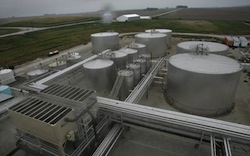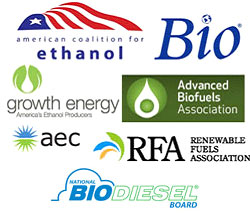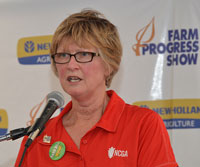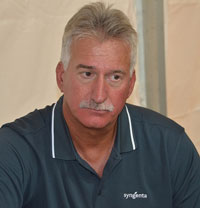For those of you who believe in climate change, you will criticize me for not only reading but reviewing “Climategate,” by Brian Sussman as the last book in my 2012 La Nina Reading List. For those of you who don’t buy in to climate change, you’ll applaud me for bringing you this review.
Sussman is best known as a TV science reporter and meteorologist and a person who does not buy into the theory of global warming. In fact, he wrote the book to “sound a vociferous warning: global warming is a scam perpetuated by an elite sect of  Marx-lovers who believe they can do communism/socialism more effectively than their predecessors; and now, with the ascension of Barack Obama as president, the scam has reached hyperspeed.”
Marx-lovers who believe they can do communism/socialism more effectively than their predecessors; and now, with the ascension of Barack Obama as president, the scam has reached hyperspeed.”
If you have read enough of my book reviews (and if you haven’t get to reading), you will note that Sussman is in the same camp as all the others who don’t believe in climate change – it is a scam with influential players from politicians, to scientists to environmental organizations, to make money.
The book takes a look at the “foundation of fraud” that has led us to where we are today. It dates back to the late sixty’s, early seventies, writes Sussman, with the advent of Earth Day and has gained warp speed with the creation of climate conferences, global treaties and legislation. One of the worst hoaxes of climate change—the Environmental Protection Agency determining that carbon dioxide is a pollutant.
Why are people buying into this theory? Sussman says when citizens lack a frame of reference they are primed to be sucked into believing what “experts” say. In other words, peoples’ lack of education around basic energy and environmental knowledge has left them open to corruption.
So what are the solutions to this problem? The country needs an energy plan that does not involve restrictions and limitations. An effective energy policy will be one that provides Americans with inexpensive and abundant power that includes harvesting fossil fuel resources argues Sussman.
Who is this book for? Not those mired deep in the beliefs of climate change who are weak of heart. You just might have a stroke. This book is best read by those who agree that global warming is a farce and will give you additional arguments to back up your theories. Ultimately, Sussman diverges from others in his linking those who buy-in to climate change as being a Marxist or communist. Has he gone too far or not far enough?













